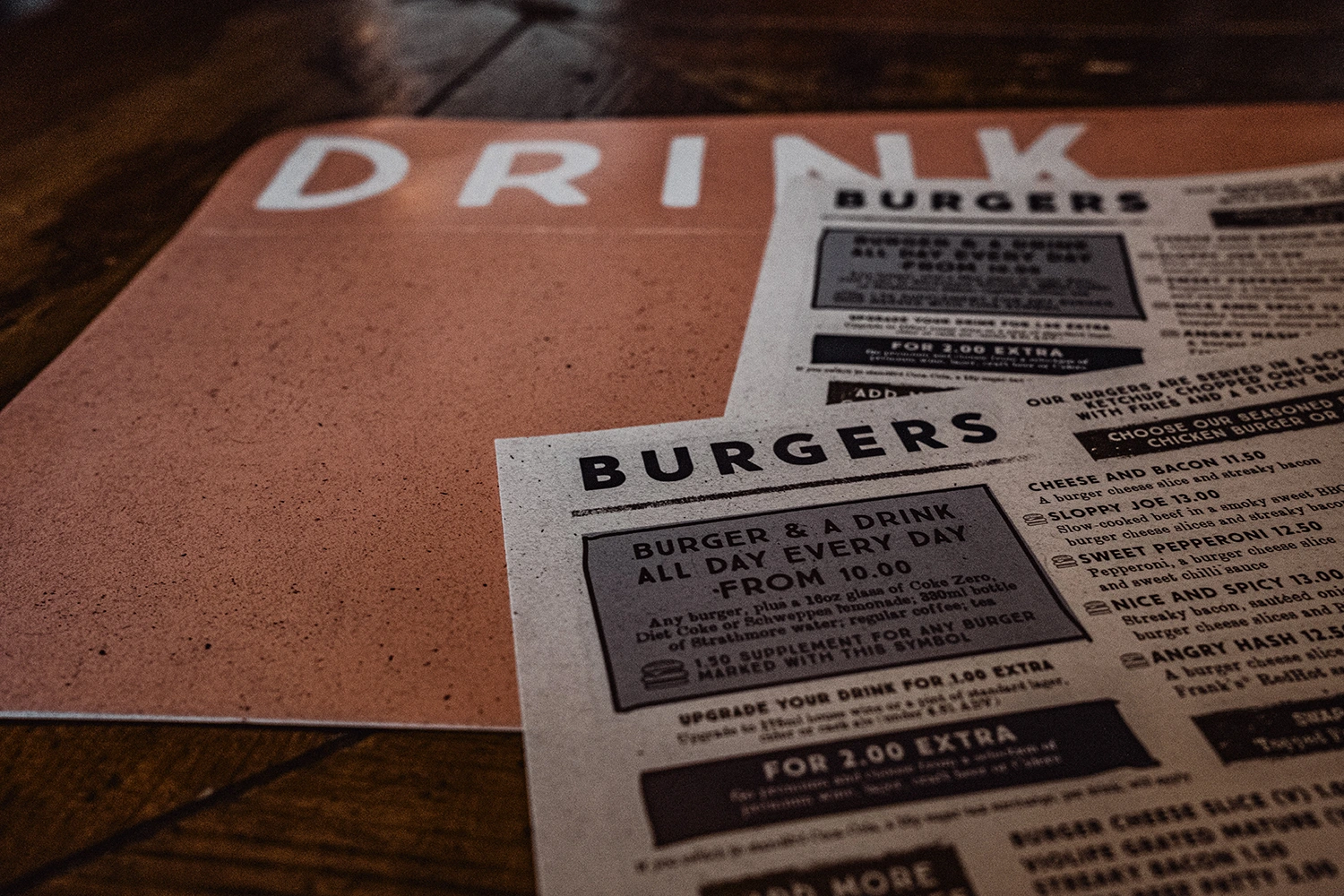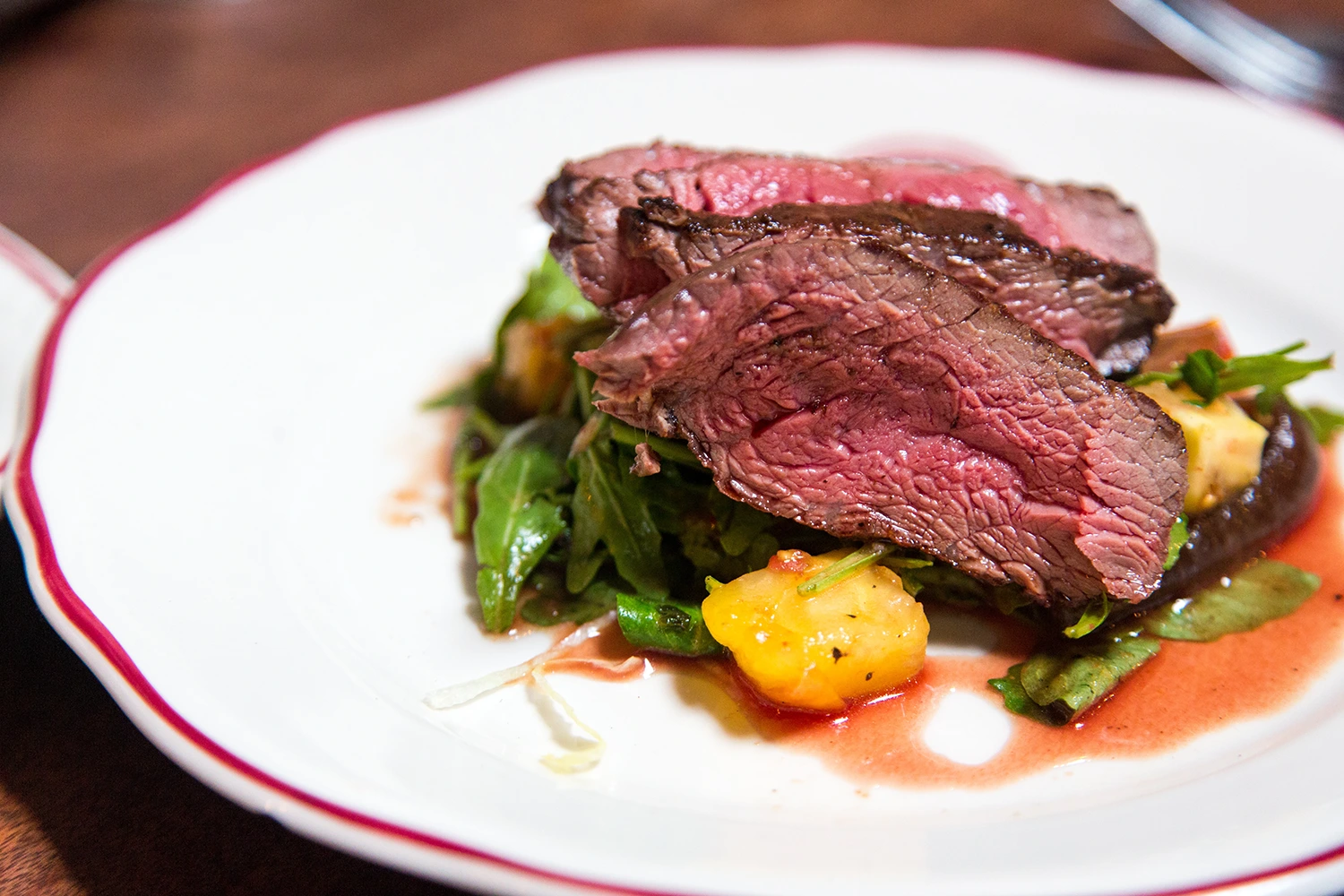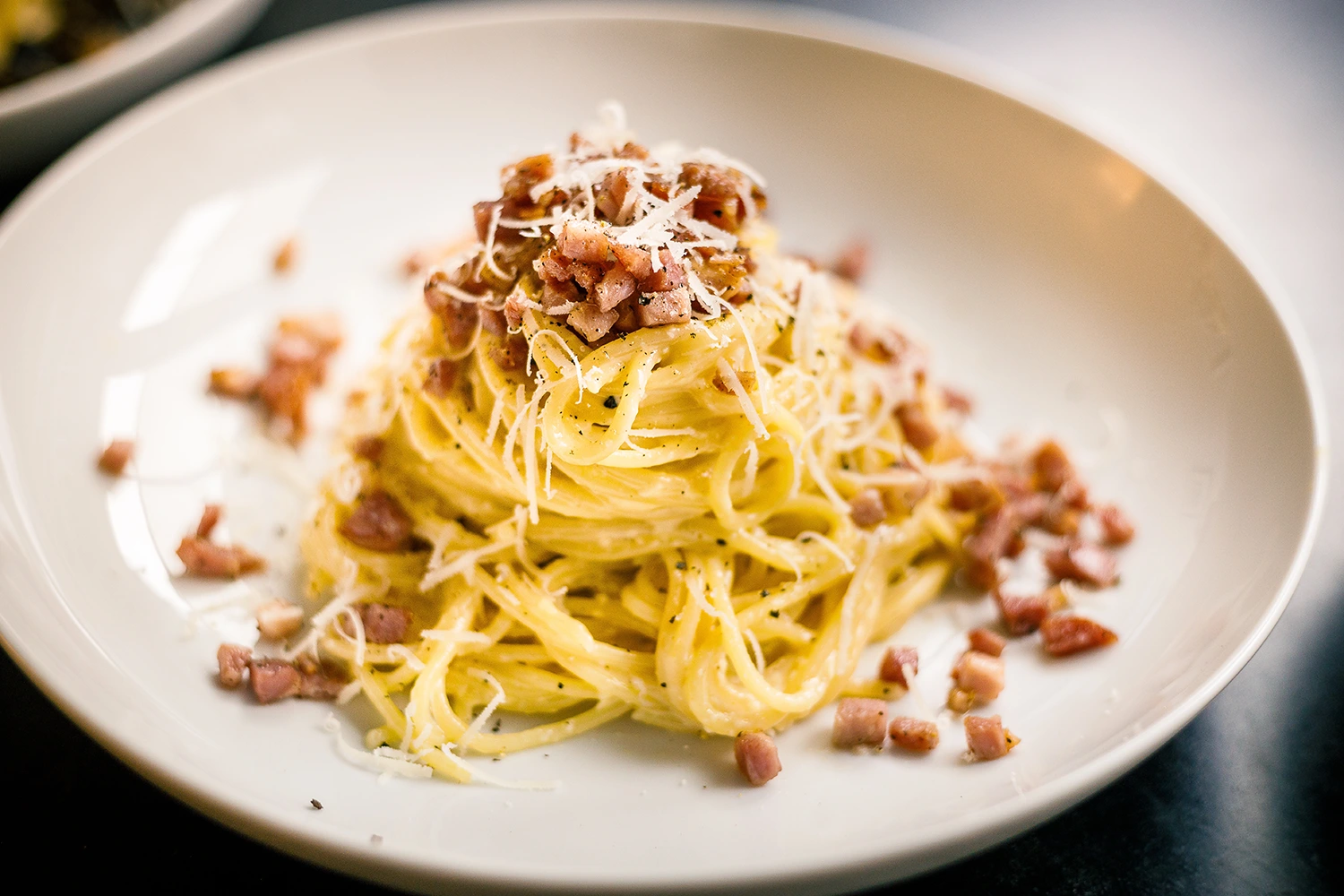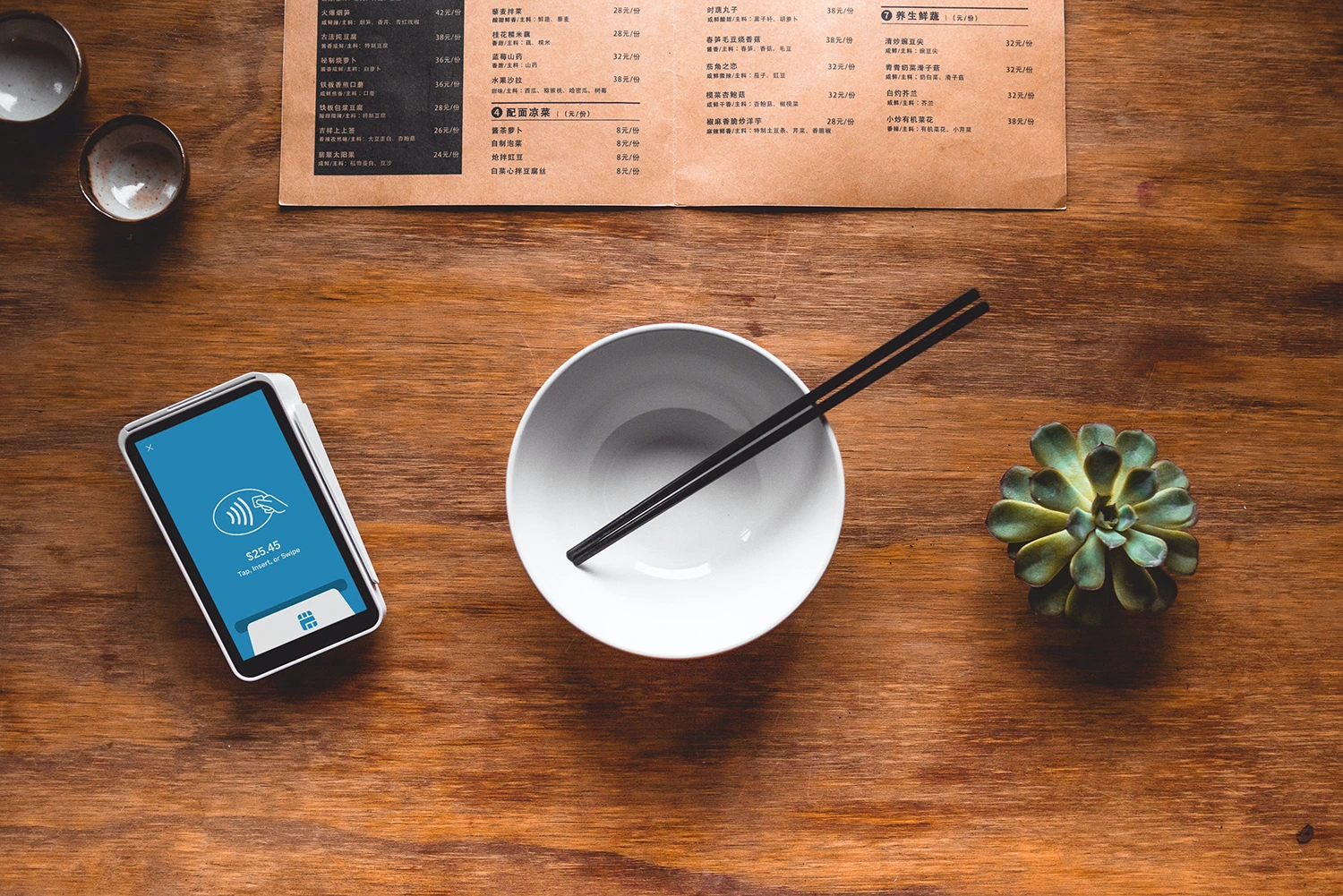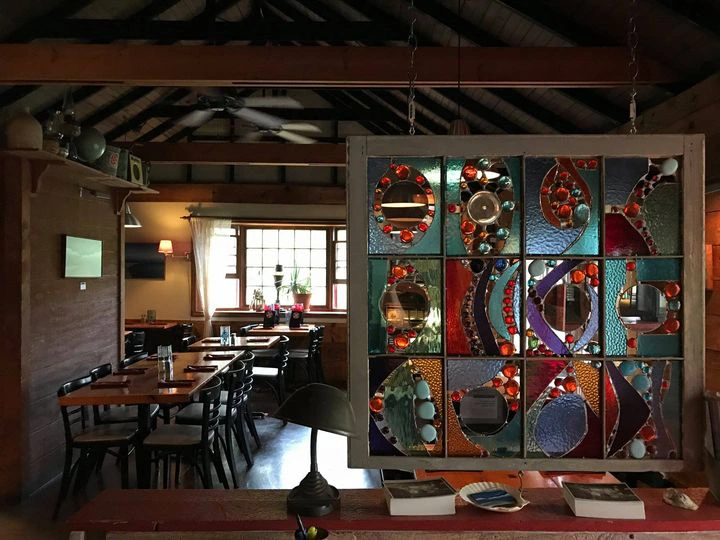As a restaurant owner, you’re no stranger to the ups and downs of swings in ingredient prices. From beef to salmon and vanilla to saffron, the cost of key ingredients can fluctuate wildly, leaving you in a state of constant frustration and adjustment. And you’re not alone in the struggle.
Recent search trends reveal a growing concern among restaurant professionals about managing these soaring costs. Articles on platforms like Toast POS and CNBC are gaining traction, discussing strategic inventory management and creative ways to counter rising food and labor costs. For example, Toast POS offers insights on calculating food cost percentages, while CNBC explores innovative menu changes to offset cost increases. The articles indicate a high demand for content that addresses these challenges.
We hope this blog post adds new insights to help you navigate the choppy waters of fluctuating ingredient prices.
The real pain of ignoring rising ingredient costs
As the owner or operator of an independent restaurant, you may feel the pain of fluctuating prices more acutely than larger establishments. Compared to large chains, independent restaurants often need more buying power to negotiate lower prices or the resources to absorb cost increases. This state of affairs can leave you facing difficult decisions, such as whether to remove popular items from the menu or risk customer dissatisfaction with higher prices.
Who’s monitoring the prices of your ingredients?
Then there’s the problem of monitoring prices. Most independent restaurateurs are creative souls who love the culinary arts—they may prefer to leave the business side to someone else. Do you monitor the invoices that come in from your suppliers? Does your bookkeeper? Many restaurant owners don’t notice a cost rise until they see their quarterly profit and loss statement or their accountant mentions it.
Do you change menu prices when ingredient costs swing?
And when you notice a significant price increase for key ingredients, how do you change prices—if that’s what you decide to do? Changing prices on menus, particularly print menus, is no small feat. It involves not only the cost and time to reprint but also the logistical challenges of updating online platforms and in-house systems.
How do you handle the hits when they keep on coming?
And what if the price increases keep coming? There’s a limit to how often you can change your prices without confusing or alienating your customers. It’s a balancing act that requires careful consideration and strategic planning.
Let’s look at an example of one of the key ingredients that might be on your menu: Beef.
A case study: The cost of ignoring the changing prices of ingredients
Photo by Jason Leung on Unsplash
Beef prices are a rollercoaster that you may have ridden at some point. Factors like seasonal demand, feed prices, and international trade policies can cause significant fluctuations. For instance, a drought in a cattle-raising region can lead to higher feed prices, affecting the cost of beef.
Take the example of Maria, a hypothetical chef who owns a popular steakhouse known for its skillet skirt steak entree. In June 2022, Maria paid $15.95 per pound for skirt steak. With a 10 oz steak costing $9.97 per serving and the entree selling for $18, her profit was $8.03 per order.
By September 2022, skirt steak prices had risen 30% to $20.74 per pound. Now Maria’s 10 oz steak cost her $12.96 per serving, while the entree still sold for $18. She didn’t notice the increase, so she didn’t increase the price on her menu.
Not increasing the price means Maria’s profit per entree plunged from $8.03 to $5.04 – a drop of $2.99 per order. With approximately 500 skillet skirt steak entrees sold monthly, Maria lost $1,495 in monthly profit by not raising prices when the price of the skirt steak increased.
As you can see, within three months, a 30% increase in the price of a critical ingredient like skirt steak can rapidly erode profit margins if menu prices remain static. That’s why we recommend that restaurateurs carefully monitor costs and be prepared to adjust pricing to maintain healthy profits.
Case study: How a small price change on your menu can lead to big wins in recaptured profit
Photo by Rob Wicks on Unsplash
Let’s consider another example.
Meet Antonio, who owns a popular Italian restaurant that serves around 300 customers each day. Spaghetti carbonara is one of his best-selling dishes, priced on his menu at $15. The ingredients for the dish usually cost $5, which gives him a profit of $10 for each serving.
Then, due to a sudden increase in the price of parmesan cheese, a key component, the cost of ingredients goes up to $6.50 per serving. If Antonio doesn’t change the price on his menu, his profit per serving would drop to $8.50.
To keep his profit margins steady, Antonio increased the menu price of spaghetti carbonara by $1.50, bringing it to $16.50. Raising the price by $1.50 feels like a minor increase. But it adds up over time.
Suppose Antonio sells 100 plates of spaghetti carbonara each day. With each plate bringing in an extra $1.50, he’d earn an extra $150 each day—to the tune of $4,500 a month. Over a year, this minor price update could help Antonio recapture $54,000 in profit. Looking at it from the other side, if Antonio does not change the price on his menu, that $54,000 in profit recapture becomes $54,000 in profit loss.
These examples illustrate how even minor menu price updates can significantly affect your restaurant’s bottom line when food expenses swing wildly.
And when prices soar, it’s not just your beef or parmesan dishes that take a hit. Anything from burgers to beef stews and lasagne to chicken parmesan becomes more expensive to produce. Rising costs put you in a tricky spot: Do you absorb the increase and take a hit on your margins, or do you pass it on to the customer and risk losing business?
Automatically monitor price changes and update prices easily with Stellar Menus
These questions are where Stellar Menus steps in. Our Intelligent Menu Platform automatically monitors the prices of key ingredients like beef, butter, and parmesan, alerting you when there’s a significant change. Timely notifications mean you can adjust your menu prices before your bottom line takes a hit.
Our platform also makes it easy to update prices across all your menus—website, mobile, and print. With just a few clicks, the new prices automatically roll out to all your menus. No more last-minute scrambles to print new paper menus, either. The platform will send you a reminder when it’s time for a new print run.
Photo by Clay Banks on Unsplash
Don’t let fluctuating costs eat into your profits
The struggles you face—from the complexities of monitoring cost fluctuations to the hurdles of updating menu prices—are real. But you don’t have to go it alone. Stellar Menus is here to be a strategic partner for your journey. Our Intelligent Menu Platform not only keeps an eye on ingredient prices for you; it simplifies the process of updating your menus across platforms.
Don’t let fluctuating costs eat into your profits. Take control of your restaurant’s financial health with Stellar Menus. Our Intelligent Menu Platform helps you manage ingredient costs effectively and update menu prices effortlessly. Why wait for the quarterly report to realize you’re losing money? Get ahead of the game and request a demo today to see how we can revolutionize how you manage your restaurant’s profits.

